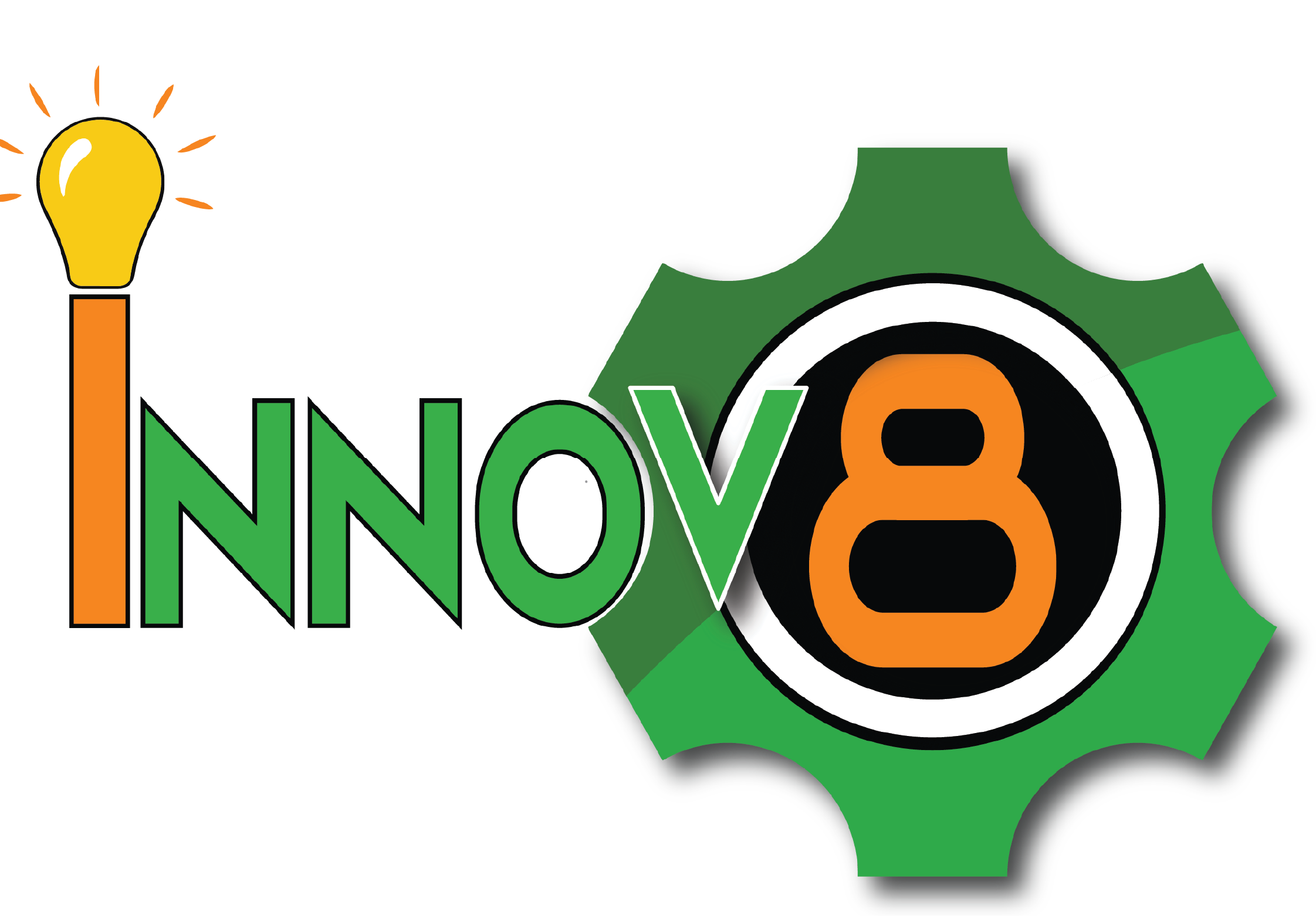Introduction to Data Science with Python
This course is designed for students seeking an introduction to Data Science through Python. Students will learn about data analysis, data visualization, machine learning, and time series forecasting. The course will teach students how to apply data analytic methodologies, information visualization, and inferential statistical studies to get new insights into data.
What you will learn
Students will learn how to use the popular pandas data science library and jupyter notebooks as their working environment for data analysis, along with the effective use of functions for handling data. At the end of the course, students will be able to load the data from a file or fetch it from an online service, clean it, manipulate it, run basic inferential statistical analyses and produce comprehensive data visualizations. They will also know how to use the powerful libraries such as scikit-learn and statsmodels in order to apply machine learning techniques such as clustering, classification and regression, and to perform time series forecasting. They will learn about the use of Python data science ecosystem on several practical case studies, such as market basket analysis, portfolio optimization and online advertising on social networks.
About this specialization
Data analysis, data visualization, machine learning, and time series forecasting are some of the basic subjects covered in the Introduction to Data Science with Python course. Students who want to learn about the strong Python data science environment in order to apply data analytic methodologies, information visualization, and inferential statistical studies to get new insights into the data should take this course. The tutorial format is used to teach the course. The emphasis is on the usage of numerous practical tools and libraries in the Python programming language, rather than on computer programming. They will be introduced through a variety of case studies and practical examples from various economic disciplines.
Participants
- High School Students
- AI and ML Enthusiast
- NYSC Members
- Researchers, Accountants, Economists, Scientists etc
Enrollment Process
To begin, enroll in the Specialization via our paystack secured payment gateway.
Capstone Project
Every specialization includes a hands-on project. Students will need to complete the project(s) before a specialization is deemed completed.
Certification
After completing each specialization, a Certificate will be awarded to students which they can share with prospective employers and professional networks.
Register
[pff-paystack id=”2841″]
STEM
Science, Technology, Engineering, and Mathematics
Blended Learning
A combination of both physical and online
100% Practical
The course offers a practical and hands-on approach to learning
Beginner Level
No prior experience is required
English
Subtitle is available in different languages on our Learning Management System,
Certificate
A Certificate is awarded after completion of training
Capstone Project
A capstone project is required from the participant at the completion of training
There are 5 Modules and 18 Lessons in this Specialization
MODULE
1
Introduction to Python Data Science Ecosystem
Lesson 1: Python ecosystem
Lesson 2: Python distribution
Lesson 3: Key packages
MODULE
2
Data Wrangling and Data exploring
Lesson 4: Forms of data
Lesson 5: Arrays and Dataframes
Lesson 6: Introducing Datasets
Lesson 7: Data access and inputs
MODULE
3
Data preparation and visualization
Lesson 8: Cleaning Data
Lesson 9: Extracting and reorganizing data
Lesson 10: Aggregate operations on data, augmenting data, filtering data, etc
Lesson 11: Data visualization
MODULE
4
Introduction to Machine Learning
Lesson 12: Mean, Median and Mode
Lesson 13: Standard Deviation
Lesson 14: Percentile
Lesson 15: Data Distribution
MODULE
5
Practical case studies
Lesson 16: Credit Card Fraud Detection
Lesson 17: Customer segmentation
Lesson 18: Customer Churn Prediction
FAQ
There are 7 simple steps to registering on Innov8 Learn. You are required to fill out a form and filling this form typically takes between 2-4 minutes. Kindly note that the red star beside each empty box means filling the tagged box is IMPORTANT.
Step 1,
Fill in your full name in the box tagged [Full Name].
Step 2,
Fill in your email address in the box tagged [Email]
Step 3,
In the box tagged [amount] is a fee and a category of learning for the chosen course. choose an appropriate category of learning in line with your interests and move on to the next step. Click here to learn more about categories of learning.
Step 4,
The Box tagged [Phone number] is crucial to your registration and learning process. Input your phone number in the empty box.
Step 5
In the Box tagged [Country], click on it and select your country of residence from the drop-down.
Step 6
The box tagged [Proposed start date] means you should indicate when you would be available to start learning. So, fill in the desired date when you would want to start taking your classes.
Step 7
You are done with your registration. However, if you have any additional questions, queries or seek clarity on any of the processes, fill this box.
Innov8 Learn is an educational platform designed specially by Innov8 Hub to facilitate the education, training and easy transference of knowledge, technology, & expertise by seasoned experts within the Hub to interested persons around the world. The platform offers a carefully curated number of courses aimed at developing capacity in STEM, Communication, product design, robotics, engineering amongst others and other relevant skills necessary for navigating the modern world while proffering tangible solutions to societal challenges.
A certificate is issued to every student that completes a course. This certificate is shareable on any platform (including all social media platforms) as proof of completion and certification of expertise. It should however be noted that, for a course to be deemed as completed, the student must have finished all capstone projects in the course.
The number of hours required for each course is determined by the course curriculum. However, the course’s completion time averagely range between 20 – 125.
Each course has its specific requirements for registration. Visit each course page to view the requirements for registration.







